InfraRED
Some time ago I had ordered a QB2 filter. Finally, the temperatures in Berlin were so summery again that I could finally test the filter. Infrared photography only works well when there is also infrared, i.e. heat radiation. The QB2 filter has a high transmission in the range of 350 to 450 nm, a low transmission in the remaining range of visible light and UV light and a high transmission in the infrared range. Therefore, it is easy to take false-colour infrared photos with this filter. The idea was to digitally reproduce the look of Kodak EIR film. Technically, of course, this is something completely different. The sensor of the undefined converted camera reacts to the entire light spectrum. The film, on the other hand, is very sensitive in the infrared range and also absorbs light in the visible spectrum. And that is exactly what the filter tries to imitate.
Vor einiger Zeit hatte ich einen QB2 Filter bestellt. Endlich waren die Temperaturen in Berlin wieder so sommerlich, dass ich das Filter endlich testen konnte. Infrarotfotografie funktioniert nur gut wenn es auch infrarote, also Wärmestrahlung gibt. Das QB2 Filter hat eine hohe Transmission im Bereich von 350 bis 450 nm, eine geringe Transmission im restlichen Bereich des sichtbaren Lichts und des UV Lichts und eine hohe Transmission im infraroten Bereich. Somit ist es mit diesem Filter einfach möglich Falschfarben Infrarotfotos aufzunehmen. Die Idee war es den Look des Kodak EIR Films digital nachzubilden. Rein technisch ist das natürlich etwas komplett anderes. Der Sensor der undefiniert umgebauten Kamera reagiert auf das gesamte Lichtspektrum. Der Film hingegen ist sehr empfindlich im Infrarotbereich und nimmt darüber hinaus Licht im sichtbaren Spektrum auf. Und genau das versucht das Filter nachzuahmen.
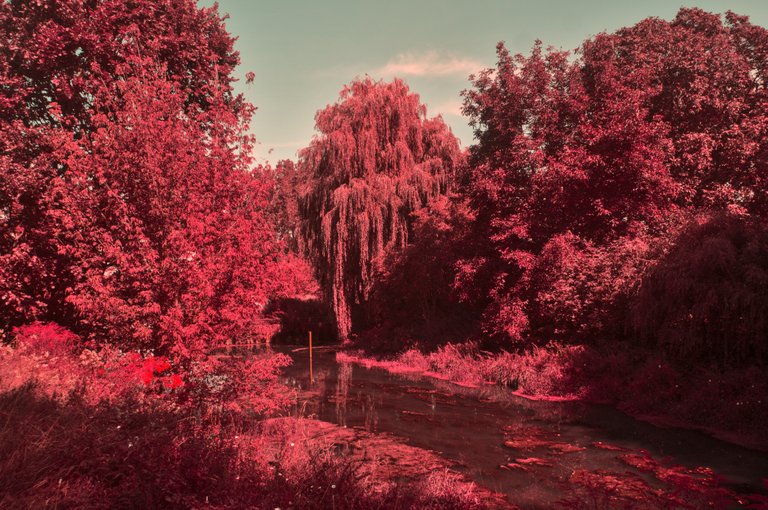
📷 Nikon D300 (full spectrum converted) - Nikkor 17-35/2,8 - QB2 Filter - f5,6 - ISO 200 - 1/250 second
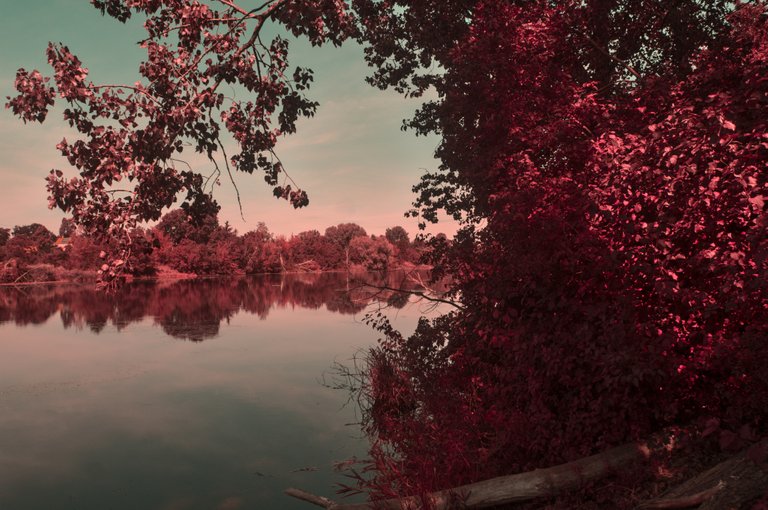
📷 Nikon D300 (full spectrum converted) - Nikkor 17-35/2,8 - QB2 Filter - f5,6 - ISO 200 - 1/500 second
Originally, the Kodak EIR (Aerochorme) was developed for military purposes. In aerial photographs, camouflaged positions and war equipment were immediately easy to recognise. The green tank in the forest remained green, the forest was shown in false colours (pink to red) in the pictures. In the 1970s, artists began to work with these films. The production of Kodak EIR was discontinued many years ago. Single rolls are occasionally available on Ebay for prices ranging from 250 to 300€, all expired many years ago. More than 10€ for each shot is quite an expensive pleasure, especially as it is not certain whether the film still works at all. And a lot can also go wrong during development.
Ursprünglich wurde der Kodak EIR (Aerochorme) für militärische Zwecke entwickelt. In Luftaufnahmen waren getarnte Stellungen und Kriegsgerät sofort gut zu erkennen. Der grüne Panzer im Wald blieb grün, der Wald wurde auf den Bildern in Falschfarben (pink bis rot) dargestellt. In den 1970er Jahren begannen Künstler mit diesen Filmen zu arbeiten. Die Produktion der Kodak EIR wurde vor vielen Jahren eingestellt. Vereinzelt sind bei Ebay einzelne Rollen für Preis von 250 bis 300€ erhältlich, alle schon seit vielen Jahren abgelaufen. Über 10€ für jede Aufnahme ist ein recht teures Vergnügen, zumal nicht sicher ist ob der Film überhaupt noch funktioniert. Und auch bei der Entwicklung kann so einiges schiefgehen.
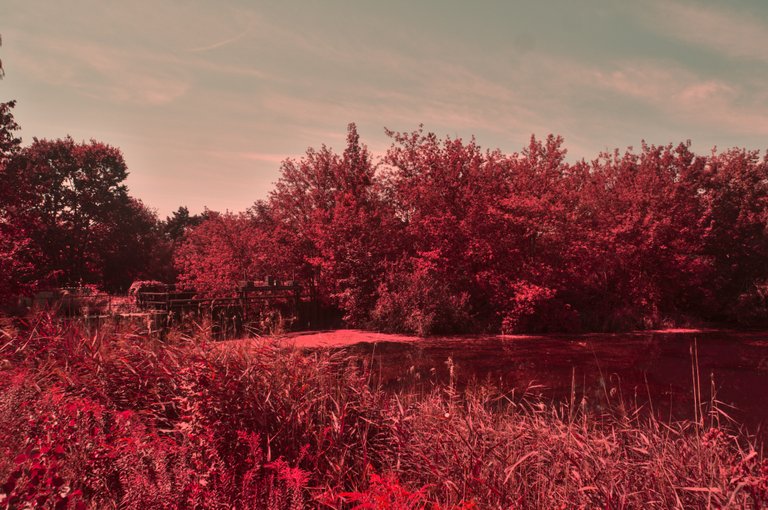
📷 Nikon D300 (full spectrum converted) - Nikkor 17-35/2,8 - QB2 Filter - f5,6 - ISO 200 - 1/500 second
So again and again people who were enthusiastic about the special look of these films tried to take such pictures digitally. That's not so easy, after all, you can't just colour the whole picture. You need a converted camera that can record infrared light. The infrared light excites the red, green and blue channels to varying degrees. For some time now, the company Kolari Vision has been selling an IR Chrome filter that can reproduce the typical Aerochrome look without post processing. However, this filter is very expensive. For my required size (77 mm) the thing costs 160$ plus shipping from the USA plus 19% import sales tax. So I looked for a cheaper solution. The QB2 filter with 77 mm filter thread cost 22€ including shipping and tax.
With IR pass filters, all or at least a very large part of the visible light is blocked. The result is then a monochrome image or, at 720 nm, an image with a small amount of colour as in the next picture.
Also versuchten immer wieder Menschen, welche vom besonderen Look dieser Filme begeistert waren, solche Bilder digital aufzunehmen. Das ist nicht so ganz einfach, man kann ja schließlich nicht einfach das ganze Bild einfärben. Man braucht eine umgebaute Kamera, welche infrarotes Licht aufnehmen kann. Das infrarote Licht regt die Kanäle rot, grün und blau in unterschiedlicher Stärke an. Seit einiger Zeit verkauft die Firma Kolari Vision einen IR Chrome Filter, der den typischen Aerochrome Look ohne Post Processing darstellen kann. Dieses Filter ist allerdings sehr teuer. Für meine benötigte Größe (77 mm) kostet das Ding 160$ plus Versand aus den USA plus 19% Einfuhrumsatzsteuer. Also suchte ich nach einer preisgünstigeren Lösung. Das QB2 Filter mit 77 mm Filtergewinde hat 22€ inkl. Versand und Steuer gekostet.
Bei IR Pass Filtern wird das gesamte, oder zumindest ein sehr großer Teil des sichtbaren Lichts blockiert. Das Ergebnis ist dann ein monochromes Bild oder bei 720 nm ein Bild mit geringem Farbanteil wie im nächsten Bild.

📷 Nikon D300 (full spectrum converted) - Nikkor 17-35/2,8 - 720nm Filter - f511 - ISO 100 - 1,3 seconds
To get this typical aerochrome look, the infrared light must excite the red colour channel of the sensor, to put it simply. Alternatively, you could also excite the blue channel and use post-processing to tase the red and blue channels. This method is often used in infra-photography with 720 nm filters, as in the picture above. Otherwise, the sky would be pink and not light blue. This looks terrible in most cases.
Um nun diesen typischen Aerochrome Look zu bekommen muss also das infrarote Licht den roten Farbkanal des Sensors anregen, um es mal vereinfacht auszudrücken. Wahlweise könnte man auch den blauen Kanal anregen und im Post Processing die Kanäle rot und blau tasuchen. Diese Methode findet häufig in der Infrafotfotografie mit 720 nm Filter Anwendung, wie im Bild oben auch. Andernfalls wäre der Himmel Rosa und nicht hellblau. Das sieht in den meisten Fällen schrecklich aus.
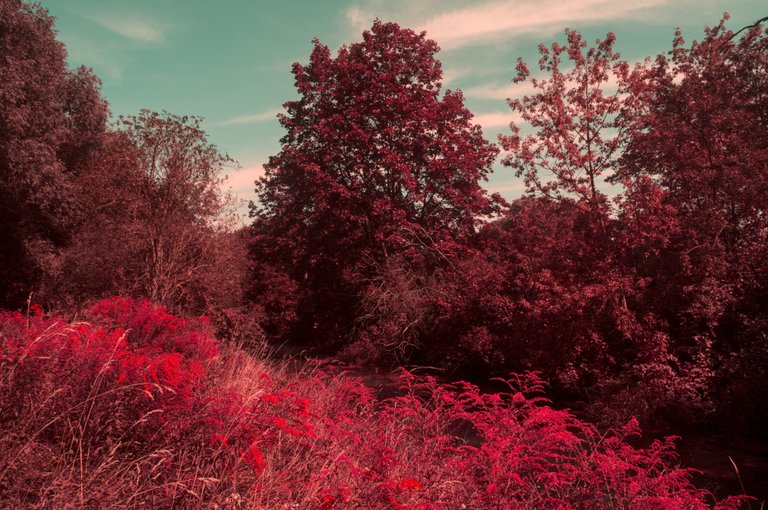
📷 Nikon D300 (full spectrum converted) - Nikkor 17-35/2,8 - QB2 Filter - f5,6 - ISO 200 - 1/500 second
In this picture you can see quite well that the plants reflect infrared radiation to different degrees. The yellow flowers in the foreground reflect a lot of infrared radiation, the leaves of the tree on the left rather little. The beech tree in the middle also reflects quite a lot of infrared light.
In diesem Bild sieht man ganz gut, dass die Pflanzen infrarote Strahlung unterschiedlich stark reflektieren. Die gelben Blüten im Vordergrund reflektieren sehr viel infrarote Strahlung, die Blätter des Baumes auf der linken Seite eher wenig. Die Buche in der Mitte reflektiert ebenfalls recht viel infrarotes Licht.
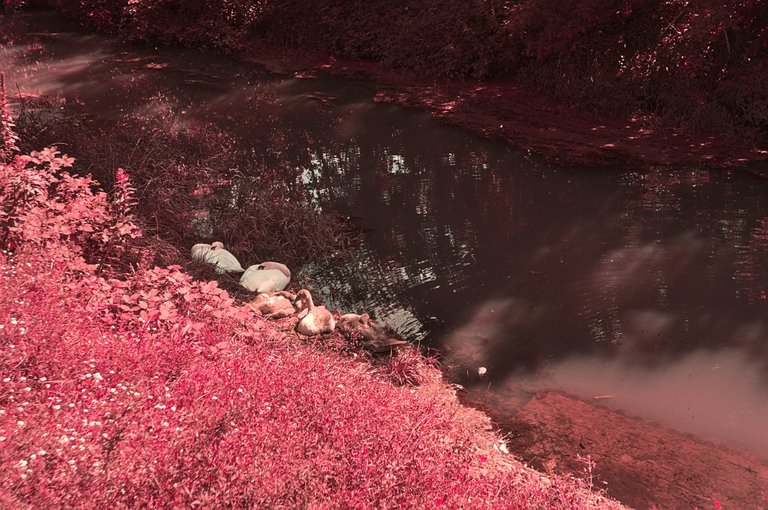
📷 Nikon D300 (full spectrum converted) - Nikkor 17-35/2,8 - QB2 Filter - f5,6 - ISO 200 - 1/125 second
The white flowers in this picture reflect almost no infrared light. That is why they are shown in their natural colour in the picture. The swan family in the midday bowl has a very slight pinkish tinge because they are in the blazing midday sun and therefore also emit a certain amount of infrared radiation.
Die weißen Blüten in diesem Bild reflektieren so gut wie gar kein infrarotes Licht. Deshalb werden sie im Bild in ihren natürlichen Farbe dargestellt. Die Schwanfamilie beim Mittagsschalf hat eine ganz leichten rosa Farbstich weil sie in der prallen Mittagssonne liegen und somit auch eine gewissen Menge infraroter Strahlung aussenden.
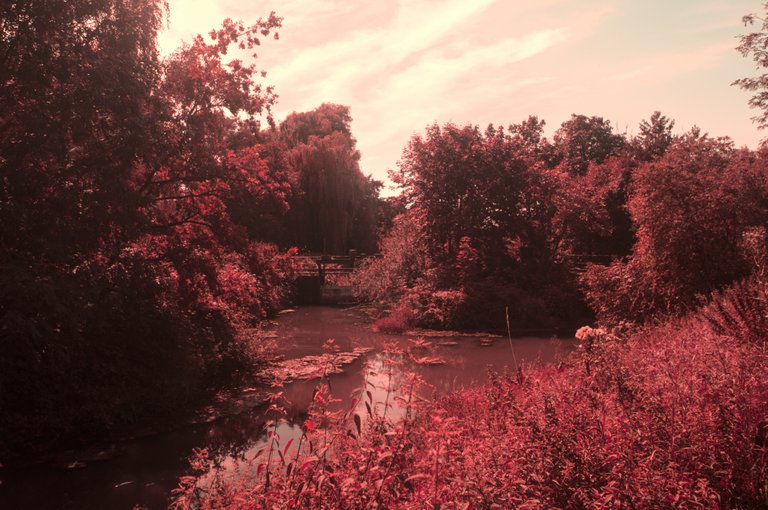
📷 Nikon D300 (full spectrum converted) - Nikkor 17-35/2,8 - QB2 Filter - f5,6 - ISO 200 - 1/250 second
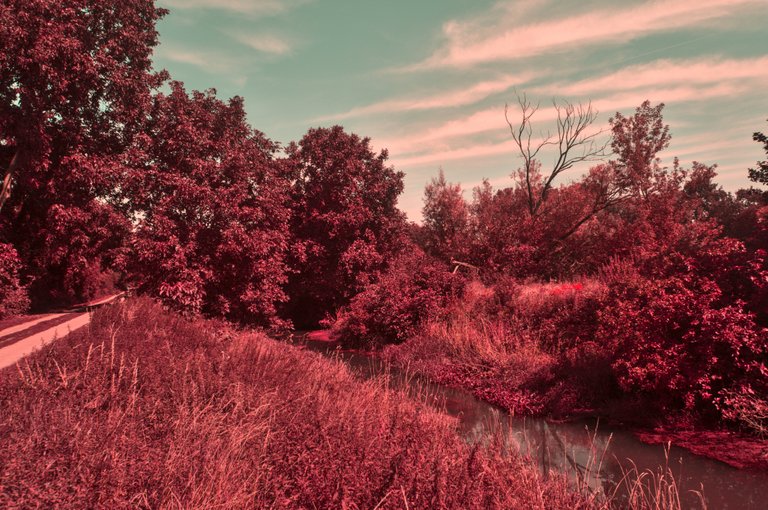
📷 Nikon D300 (full spectrum converted) - Nikkor 17-35/2,8 - QB2 Filter - f5,6 - ISO 200 - 1/500 second

📷 Nikon D300 (full spectrum converted) - Nikkor 17-35/2,8 - QB2 Filter - f5,6 - ISO 200 - 1/500 second
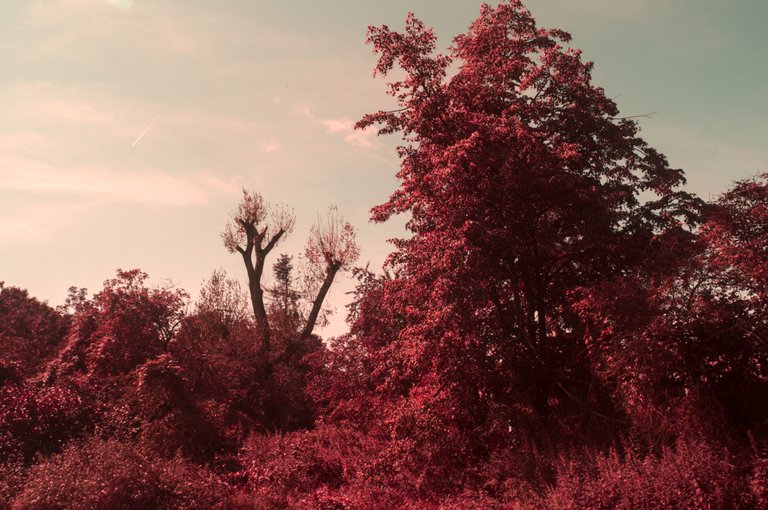
📷 Nikon D300 (full spectrum converted) - Nikkor 17-35/2,8 - QB2 Filter - f5,6 - ISO 200 - 1/500 second
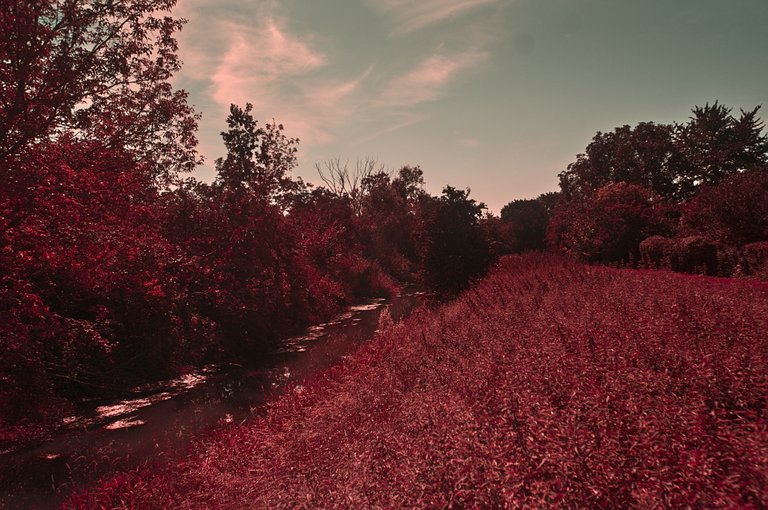
📷 Nikon D300 (full spectrum converted) - Nikkor 17-35/2,8 - QB2 Filter - f5,6 - ISO 200 - 1/2000 second
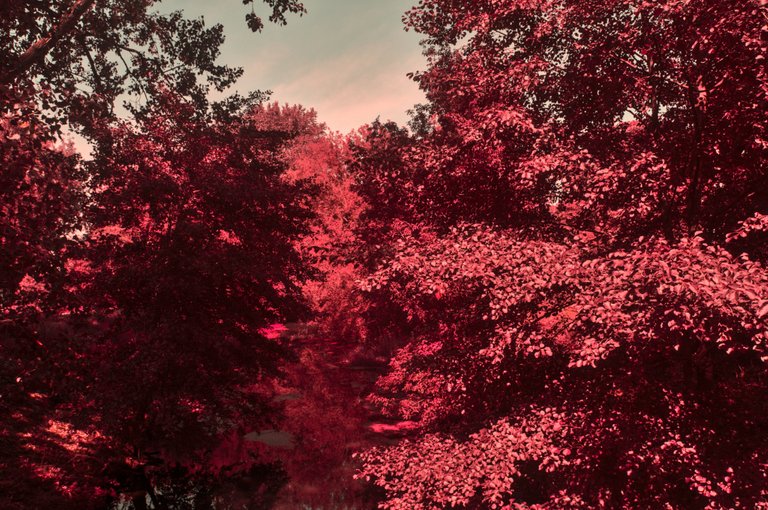
📷 Nikon D300 (full spectrum converted) - Nikkor 17-35/2,8 - QB2 Filter - f5,6 - ISO 200 - 1/500 second
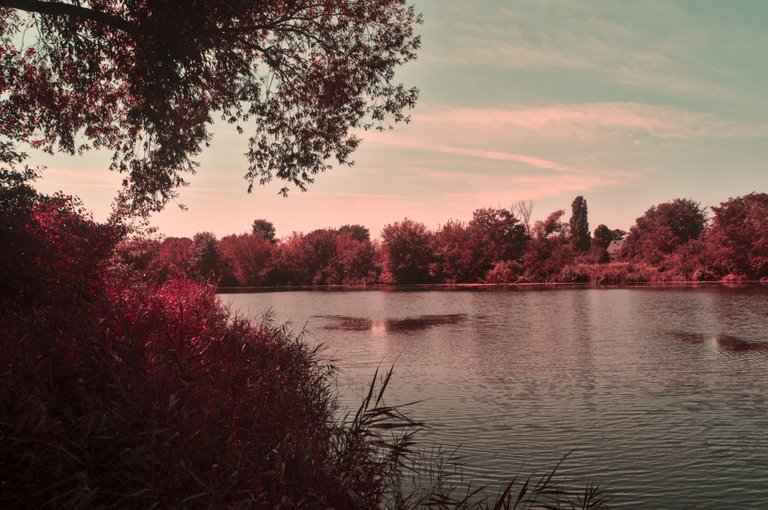
📷 Nikon D300 (full spectrum converted) - Nikkor 17-35/2,8 - QB2 Filter - f5,6 - ISO 200 - 1/500 second
I took the pictures during a walk around the Wuhle basin. The Wuhle is a small river that flows through Brandenburg and Berlin and flows into the Spree in Köpenick. This idyll is somewhat hidden in the middle of the hectic city of Berlin. There wasn't much going on there yesterday, but that could also be due to the 30°C temperature. In any case, I was glad when I was back in the air-conditioned car after two hours and drove home.
Aufgenommen habe ich die Bilder während eines Spaziergangs um das Wuhlebecken. Die Wuhle ist ein kleiner Fluss der durch Brandenburg und Berlin fließt und in Köpenick in die Spree mündet. Diese Idylle liegt etwas versteckt mitten in der hektischen Großstadt Berlin. Viel los war dort gestern nicht, das könnte aber auch der Temperatur von 30°C geschuldet sein. Ich war jedenfalls froh, als ich nach zwei Stunden wieder im klimatisierten Personenkraftwagen saß und nach Hause fuhr.

About me
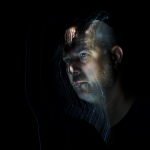
I've never heard about the QB2 filter before, I'll take a look at it. Have you ever tested the Kolari IR Chrome?
I don't tested the Kolari Filter. It is too expensive for me at the moment. So I am looking for alternatives. There is a combined QB2 and KG3 filter available too. This one should be very similar to the IR Chrome filter. It is about 40€ for the 77 mm version.
I was very lucky as I was a beta-testor of the Kolari IR Chrome filter 😀😀
😁
Your photography is really taken to god-level heights. I would just think about taking a photo at the best angle and be on my way. But obviously, you have a real flair for it hence better results. I like these Infrared photos of yours.💜
Thanks. 😊
You're welcome.🤗